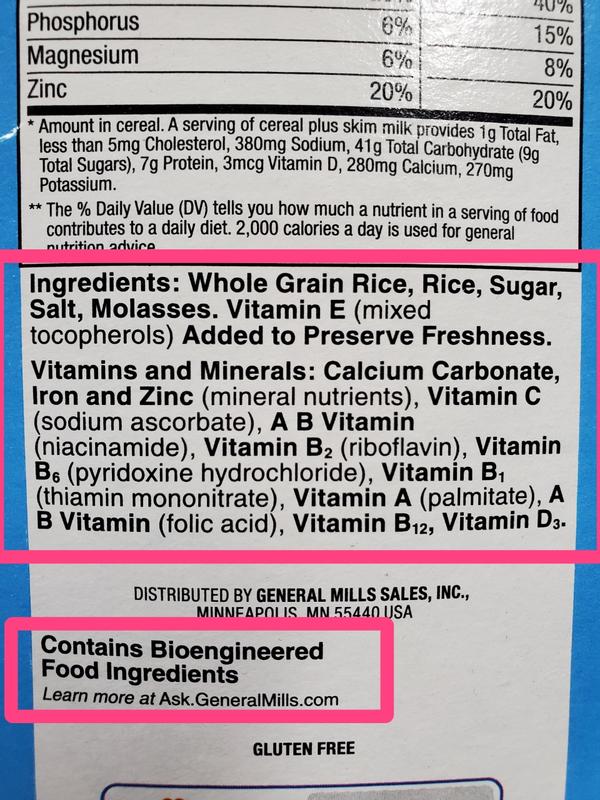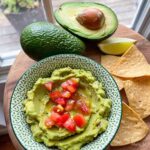Let food be thy medicine, and medicine be thy food.
Hippocrates, ancient Greek physician
🧐 Understanding Nutrition Labels: A Tool for Better Health
Reading and understanding nutrition labels is one of the most effective tools you have to take control of your health. The ingredients list on any packaged food is organized in descending order by weight, which means the first few ingredients make up the bulk of what you’re consuming. For example, if sugar 🍬 is listed as one of the top three ingredients, you can assume that product is high in added sugar—even if it appears “healthy” on the front label ⚠️. It’s also worth noting that some companies use multiple types of sugars (like cane sugar, dextrose, and corn syrup) to spread them out on the list and make the product seem less sugary overall.
🌾 Spotting High-Quality Ingredients
To identify better food options, look for words like “sprouted,” “raw,” “organic,” or “whole grain.” These terms usually indicate minimal processing and higher nutritional value. Sprouted grains, for instance, are easier to digest and have more bioavailable nutrients than their non-sprouted counterparts. On the flip side, steer clear of terms like “enriched” or “refined,” which often mean that natural nutrients have been stripped away and replaced with synthetic versions. 🧪 Choosing products with simple, whole ingredients can make a big difference in supporting a balanced and nutrient-rich diet.
🔍 The Truth About “Natural Flavour”
One of the more misleading terms on a label is “natural flavour.” While it may sound wholesome, there is very little practical difference between “natural” and “artificial” flavors. Both are often created in labs and can contain solvents, preservatives, or other additives used during processing. “Natural” simply means the original source of the flavor came from something found in nature—like a fruit 🍊 or spice 🌿—but it can still be highly processed and far removed from its original form. Transparency in labeling is key 🔑, and unfortunately, “natural flavour” is often a catch-all term that doesn’t reveal much about what’s really in your food.
📋 Know What You’re Putting in Your Body
As a general rule, if you can’t recognize or pronounce the ingredients on a label, it might be a sign to dig a little deeper—or avoid the product altogether. 🚫 Many ultra-processed foods are filled with additives, preservatives, and synthetic chemicals that serve more to enhance shelf life or appearance than your health. Common culprits include MSG (monosodium glutamate), sodium nitrate, and artificial colorings, which have been linked to various health concerns. Taking a moment to read and understand the label empowers you to make informed choices that nourish your body and support your long-term well-being.











